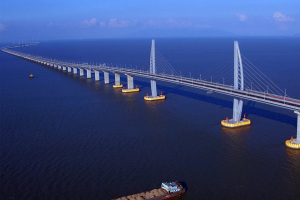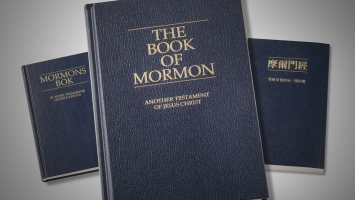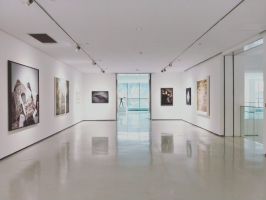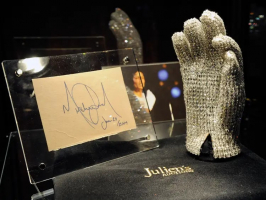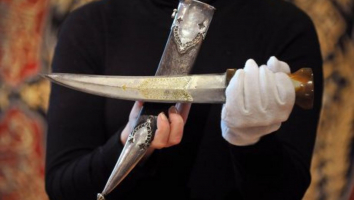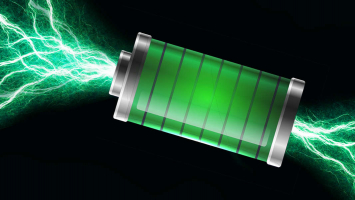Top 10 Most Expensive Things Ever Destroyed on Film
A movie's primary goal is to visually tell a narrative. Frequently, this entails creating characters, objects, and entire universes that didn't actually exist ... read more...and, occasionally, destroying them. Normally, all of that is accomplished through special effects, but on occasion, actual object destruction is quicker and more effective. Sometimes it just occurs by chance. However, the ultimate result is the same: something quite pricey was dismantled for our amusement. Toplist has compiled a rundown of the Most Expensive Things Ever Destroyed on Film.
-
Con Air, starring Nic Cage, may contain the most expensive piece of destruction in movie history, but there is a catch. A huge prison transport plane crashes down the Las Vegas strip and slams into the Sands casino throughout the movie. The Sands, one of the Rat Pack's well-known hangouts during the height of Las Vegas, was in no way a replica or a fake. That object was completely demolished by them.
The Sands was sold in 1988 for $110 million, despite the fact that it was owned by several people over the years. By 1996, the Sands had become a relic of a bygone period, and it was decided to demolish it to make room for a contemporary casino and resort. But doing so would mean eradicating what was already there.
Con Air makers persuaded the owners to delay the collapse for a few weeks so they could carry out the stunt that destroys the real lobby in the movie, even though much of the structure was destroyed by implosion. 14 cameras were set up to record the devastation because it had to be done in a single take because you can't put that toothpaste back in the tube. In actuality, a $110 million structure was demolished, but by doing so, space was created for the $1.5 billion Venetian, which stands there today.- Cost: $110 million
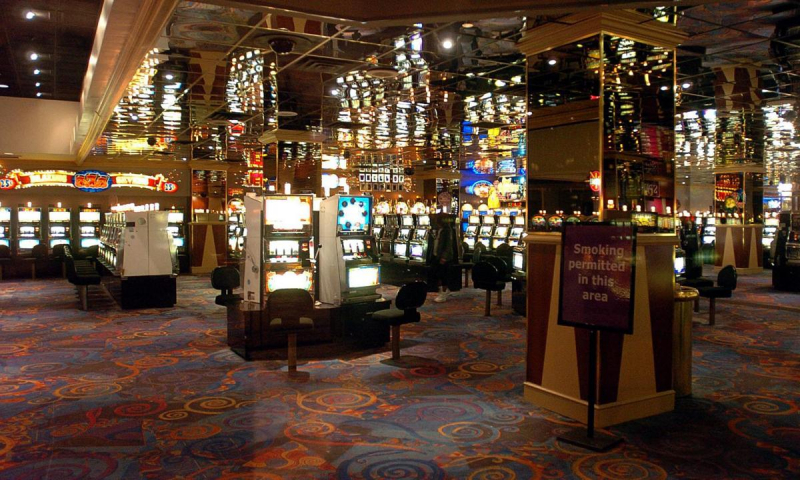
https://www.pressofatlanticcity.com 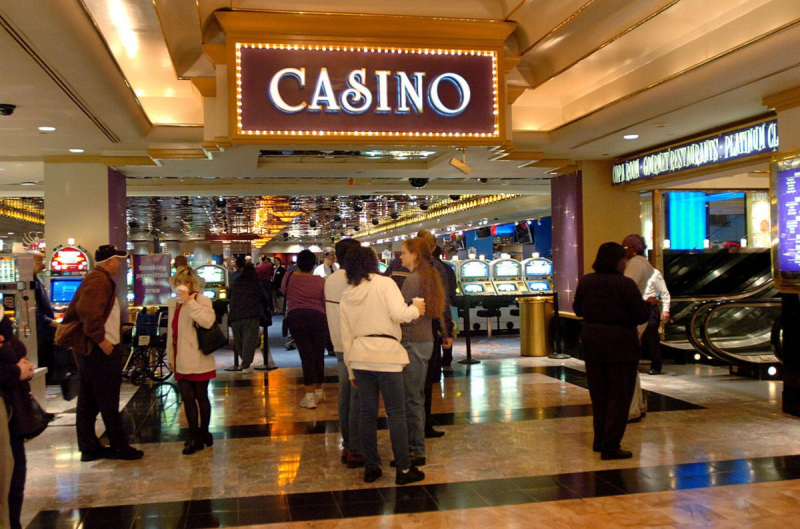
http://www.pressofatlanticcity.com/ -
Michael Bay seems to love explosions more than most other filmmakers. The man can create havoc the way Mozart created music. Whether you like him or not, he is a master of spectacle. This is never more clear than in the breathtaking home explosion scene from Bad Boys II.
The fact that the scene took place in an actual $16.5 million estate makes it noteworthy. In order to actually demolish the building and divide the lot into three new homes, the property owner paid the $16.5 million. However, he decided it may be amusing to watch if somebody making a movie wanted to trash it instead of doing it himself, and Michael Bay definitely did. The house was reconstructed to include lighter walls and artificial pieces that would explode more readily, but the overall outcome was the same. There was still some movie magic at work.
- Cost: $16.5 million

https://www.cinemablend.com/ 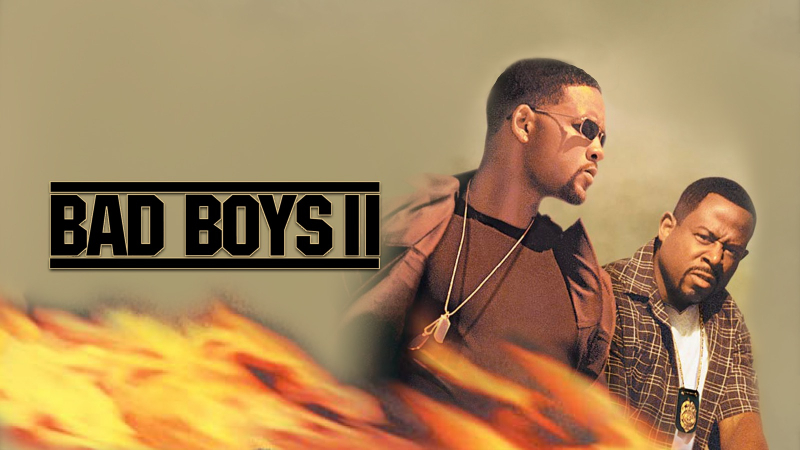
https://tv.apple.com/ -
In more than 20 years, the Fast & Furious franchise will soon have 10 films. Thousands of cars have been wrecked in that time, many of which were caught on camera, and it is nearly difficult to estimate their value. However, people can still attempt it.
In 2017, it was estimated that the cars were worth $500 million, however that estimate was qualified by the phrase "in real life." This is significant since the vehicles we see on screen in the film are almost never the actual vehicles. Therefore, even though Vin Diesel may get into a 1970 Dodge Charger, when that vehicle is run off the road and blasted with bullets, it is simply a run-down junker that has been given a facelift.
By Furious 7, they had approximately 1,500 automobiles wrecked. Even though they weren't classics, they were nevertheless automobiles. They smashed a ridiculously rare Lykan Hypersport in the movie. Nine of the 10 stunt cars that the company built for the film were totaled. With a starting price of $100,000, the tenth was sold at auction. It increased to more over $500k and was projected to sell for more than $2 million. Consequently, that amounts to a minimum of $1 million in stunt cars and a maximum of $20 million. The "real" cost of all the destruction is yet unknown to us, although it is logical to assume that it is in the millions.- Cost: ~ $20 million
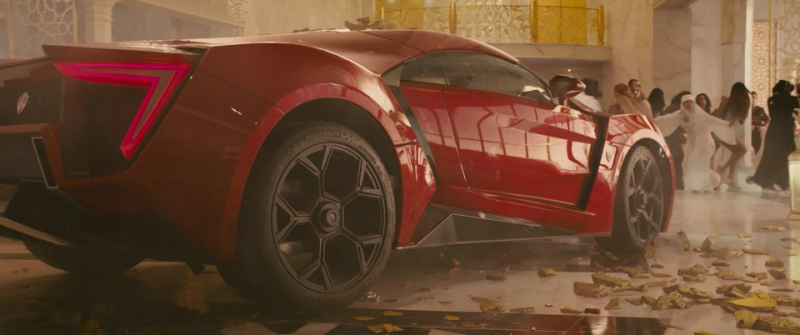
https://topsupercars123.blogspot.com 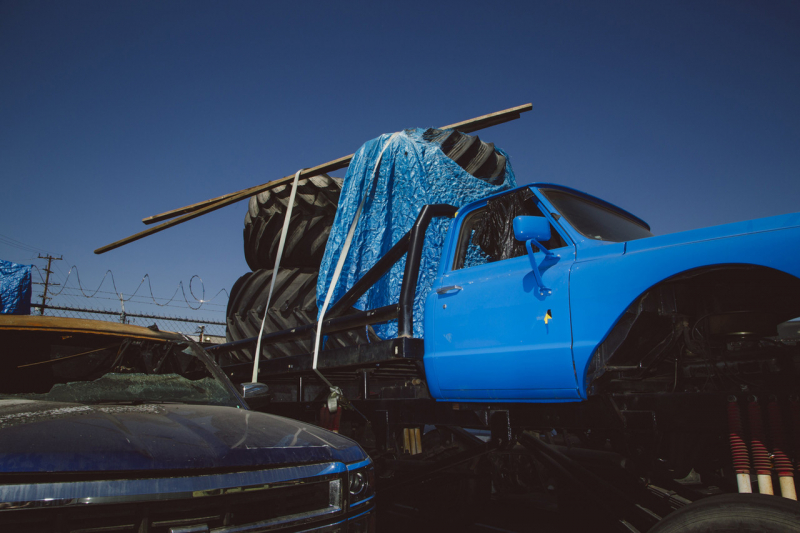
https://israel-style.blogspot.com -
Million-dollar paintings by the eponymous street artist Banksy are for sale. But in a matter of seconds, none other than Hollywood actor Christopher Walken demolished one of his most recent inventions. The finale of the final episode of "The Outlaws," a BBC drama written, directed, and starring Stephen Merchant, co-creator of the British comedy series "The Office," features Banksy's most recent creation, dubbed "The Rat." In the city of Bristol in southern England, "The Outlaws" takes place. Many people think that Banksy is from Bristol because so many of his early murals were painted there.
A recent noteworthy performance by Christopher Walken was as an old-time crook performing community service among a bunch of other criminals in the television series The Outlaws. They have the duty of repairing a damaged community facility. Walken stumbles across a painting of a rat that is inscribed by renowned artist Banksy at the very end of the series. When he tries to bring it up with his boss, she advises him to cover it up with paint. He does so without knowing what it is.
When you understand that the joke is true and that it was created just for the show to be destroyed, it becomes even more surprising. The estimated value was £10,000,000.
- Cost: £10,000,000

https://es.fanpop.com/ 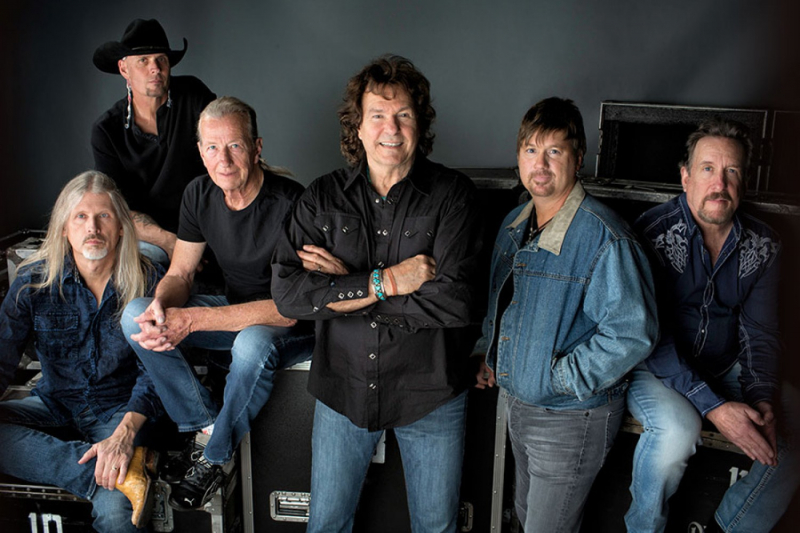
https://www.lyrictheatre.com/ -
The KLF is a band that you might be familiar with if you enjoy British electronic music from the 1980s. Over the years, they have gone by a number of names, including K Foundation and the TimeLords. However, the day they set £1 million on fire may be their biggest claim to fame.
The movie, Watch the K Foundation Burn a Million Quid, was released on August 23, 1995, the day after the burning, and it went on a UK tour during which Drummond and Cauty engaged spectators in discussions about the burning and its significance. Drummond decided to covertly discuss the burning in 2000 and 2004 after the pair agreed to dissolve the K Foundation and forego public discussion of it for a period of 23 years in November 1995. At first, he showed no remorse, but in 2004, he acknowledged that he had regretted burning the money. On August 23, 2017, 23 years after the burning, Cauty and Drummond organized a debate at their "Welcome to the Dark Ages" event asking, "Why Did the K Foundation Burn a Million Quid?" This debate marked the end of the self-imposed moratorium.
The pair is renowned for going to extremes, such as throwing a dead sheep away during a show's afterparty. They captured themselves on camera in 1994 burning the cash in a secluded Scottish cabin. Then why? Nothing at all. They saw it as merely a component of the art. It could seem insane to the rest of us, or exceptional. Make your own judgment.
- Cost: £1 million

https://www.todayifoundout.com 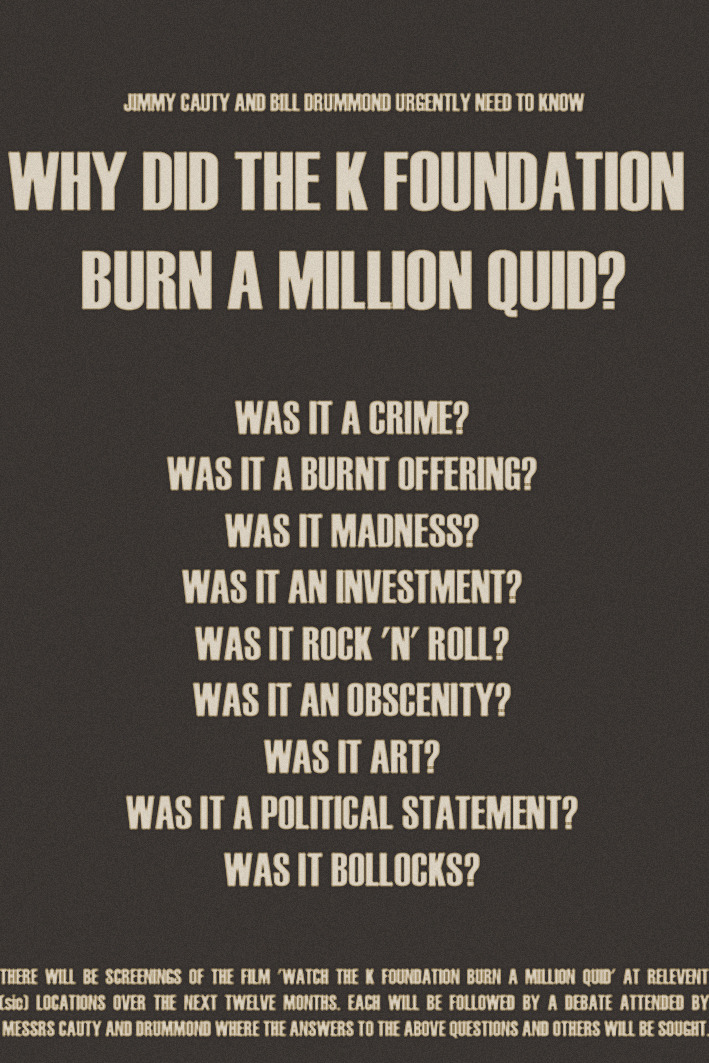
https://www.tumblr.com -
Most contemporary viewers do not always think of the silent film era as being jam-packed with high-end stunts, but that is not always the case. Buster Keaton was a man who aspired to leave a mark on the screen, and he succeeded in doing so with the 1926 picture The General.
In the picture, director and star Keaton dazzled viewers with the priciest stunt ever pulled off in a silent film. A train would run into a blazing bridge and plunge through it directly into the river below. These days, railway disasters can be seen in a variety of films, including Wanted, The Fugitive, and others. Keaton simply crashed a genuine locomotive in 1926 because he didn't have access to the fancy effects used in those movies from the present day.
The train was reasonably priced at the time, $42,000. Inflation-adjusted, that amounts to a $682,000 prank. It also had to be done correctly because it is something you can only accomplish once. He only gave in to his wife's request that he not travel the train himself as a safety measure.- Cost: $42,000( at that time)~ $682,000( now)
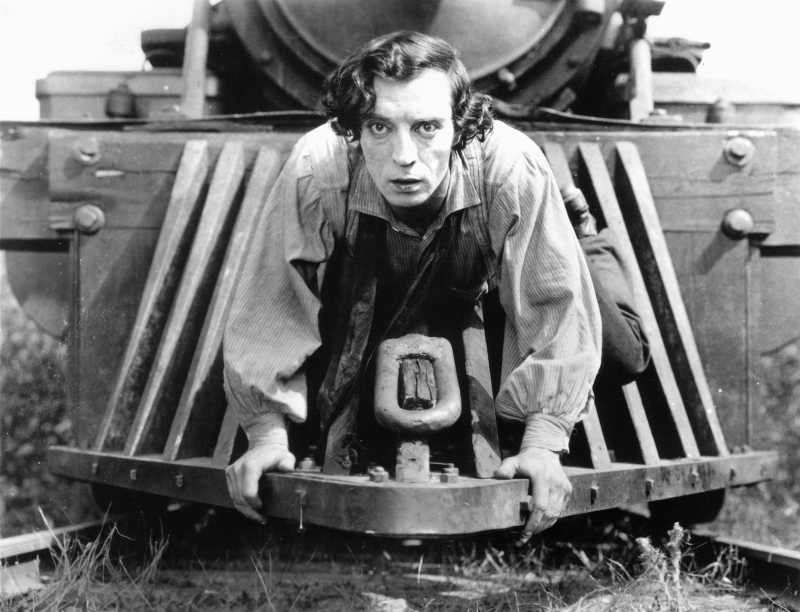
https://www.denverlibrary.org/ 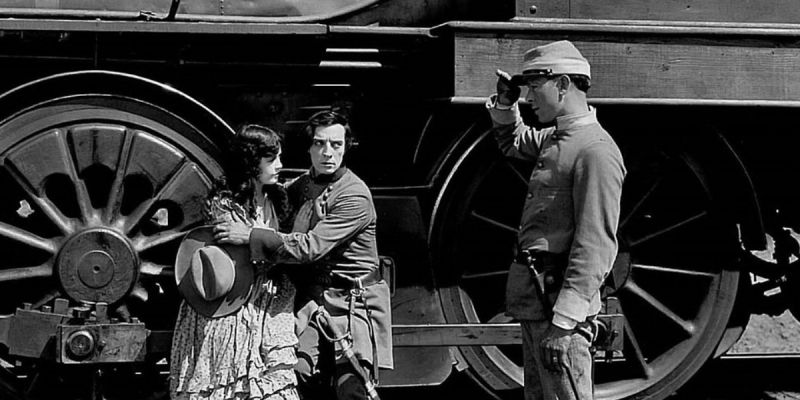
https://carolinatheatre.com/ -
The narrative concerning Jessica Biel's archery prowess gets lost in the mix because Blade: Trinity is currently best known for Wesley Snipes' alleged on-set insanity. She had to learn how to shoot a bow for the movie, and she did a fantastic job. In fact, she performed so brilliantly that the directors erred by having her shoot directly into the camera in one scene.
Although the sight of an archer aiming directly at the camera is impressive, it seems no one anticipated that Biel would be such a skilled marksman. In order to prevent any injuries, plexiglass covered the camera, which was situated forty feet distant and fifty feet below where Biel was standing. However, in order to obtain the shot, they had to leave a two by two inch hole open for the camera lens, and that is precisely where Biel's arrow went, shattering a $300,000 camera in the process.
- Cost: $300,000
Katie Maliani channel oon Youtube Faviola Burl channel on Youtube -
The practice of massive summer blockbusters really took off in the 1990s, and Twister was one of the biggest of the decade. Although many effects were employed to depict the strength and destruction of tornadoes, not all of them required as much movie magic as you might expect.
For instance, Helen Hunt and the other cast members of the movie inspect the devastation after a passing tornado decimates the town of Wakita. It appears as though dozens of homes were demolished, and that is what actually occurred. In the Oklahoman town of Wakita, the movie's producers purchased a number of old homes with the sole intention of demolishing them.
Two years before the start of production, Wakita experienced a severe hailstorm that left much of the city's housing uninhabitable. Even the main thoroughfare was destroyed. Although the community intended to demolish everything and start over, it would be expensive for a small town to operate.
They paid between $7,000 and $10,000 each house when producers promised to demolish all the structures, including the 30 additional ones they had constructed themselves. But they also fixed the road, all the ancient buildings, and gave the town the movie firetruck. The production acquired eight blocks' worth of homes in total, and at a cost that was probably in the hundreds of thousands, it reconstructed the homes that were destroyed.- Cost: ~ hundreds of thousands
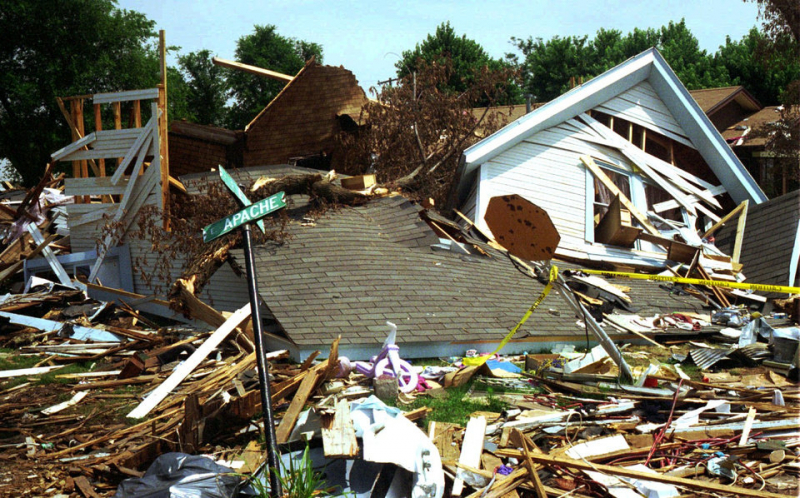
https://oklahoman.com/ 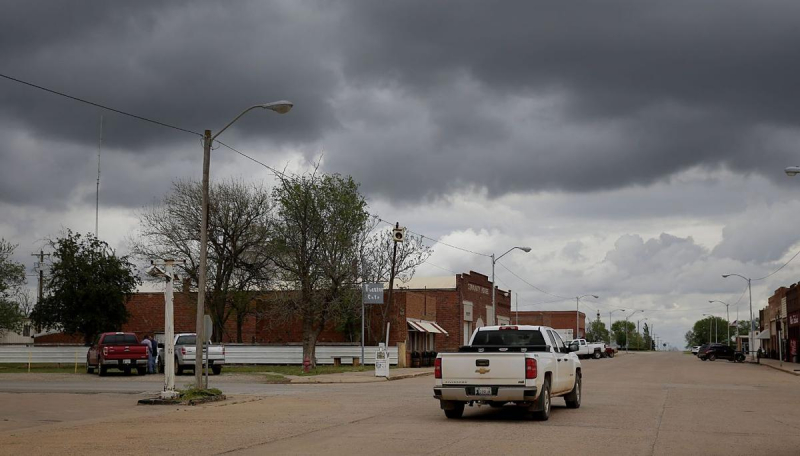
https://filmswalls.blogspot.com -
A movie about killer tomatoes was just as bizarre a notion in 1978 as it is now. It was a satire of horror movies like The Birds or Frogs, in which a scary creature goes on a murderous rampage against humans. It was tomatoes in this instance. Despite having a meager $90,000 budget, the film became cult classic and even inspired a few sequels, one of which starred George Clooney in 1988.
There's a really violent action scene involving a helicopter crash early on in the movie. It was actually quite spectacular for a $90,000 movie in the 1970s. And the reason is that it was an utter error. They accidentally crashed that helicopter, which cost $60,000 in total. More of the film's budget was spent on it than on any other component of production. The benefit is that nobody was seriously hurt, and they managed to capture the most realistic helicopter crash ever likely to be seen on video.
- Cost: $60,000
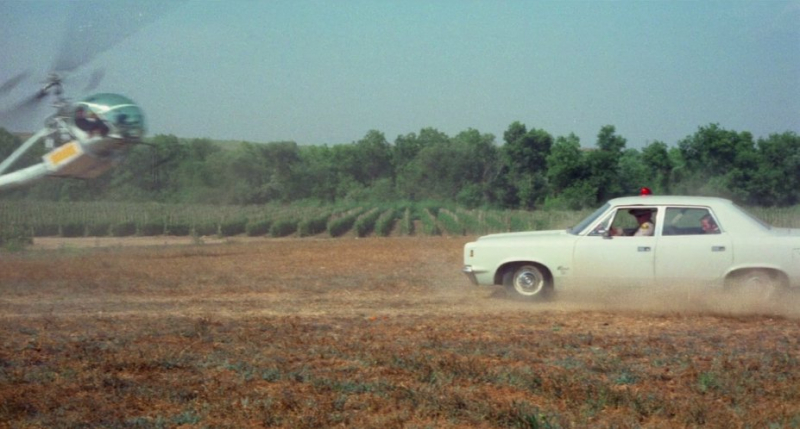
http://imcdb.org/ 
https://www.factinate.com -
The Hateful Eight, directed by Quentin Tarantino and released in 2015, showcases a Tarantino rogues' gallery of some of his favorite co-workers, including Kurt Russell, Sam Jackson, and Michael Madsen. Russell, who has been in the movie longer than anyone else, is essentially a seasoned veteran by this point, so you'd think he could handle any moment with ease. And in 99% of cases, that is accurate. Only when he is unaware of what he is holding in his hands does it become problematic.
In the movie, Russell had a disagreement with a Jennifer Jason Leigh-portrayed character. He takes her acoustic guitar, which she was holding at the time, and smashes it against a post. As far as movie scenes go, it's hardly a huge deal, but this time it was. The acoustic guitar Leigh was clutching was an original, authentic piece from the 1870s. A prop version was supposed to be grabbed and destroyed by Russell. However, something went wrong, and Russell ended up with the genuine article.
If the guitar had a cash value, it was the $40,000 insured amount. However, historically speaking, it was something that was simply unreplaceable. The Martin Guitar Museum, who lent Tarantino the guitar, was guaranteed to never again agree to lend anything to a motion picture production as a result of the destruction.- Cost: $40,000
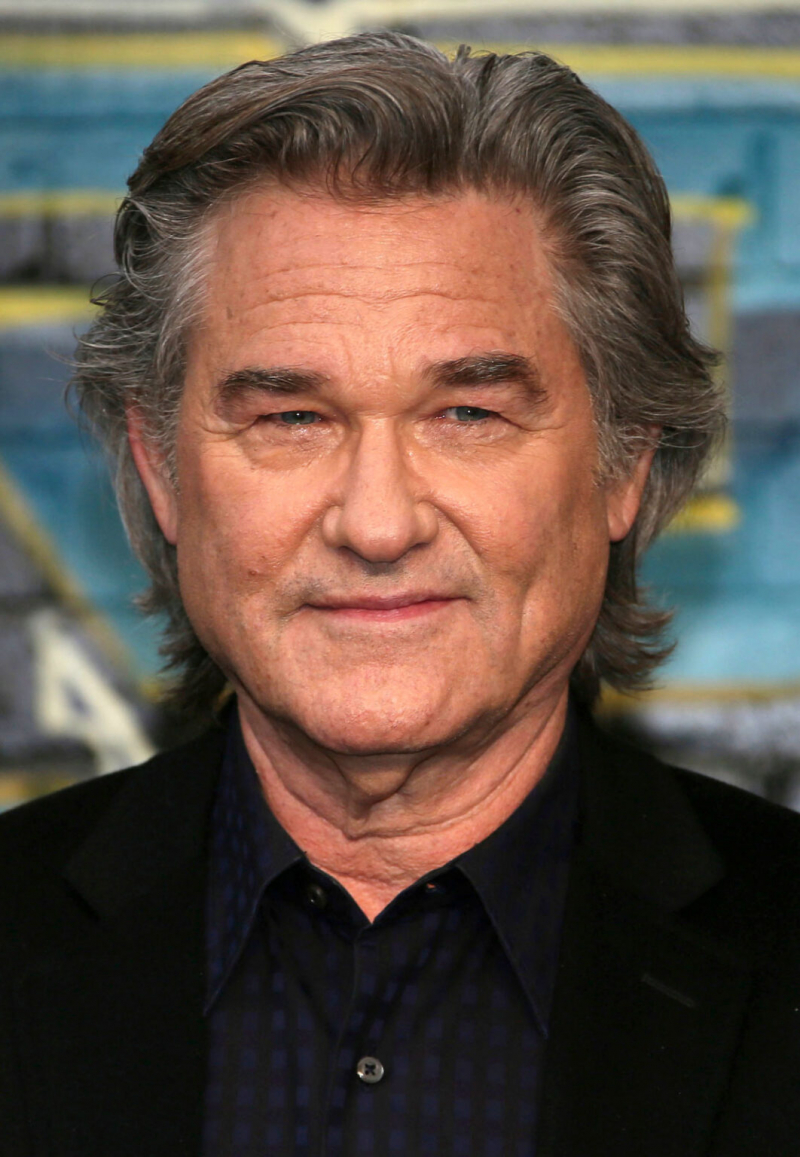
https://onthemarc.org/ 
https://www.rottentomatoes.com/












